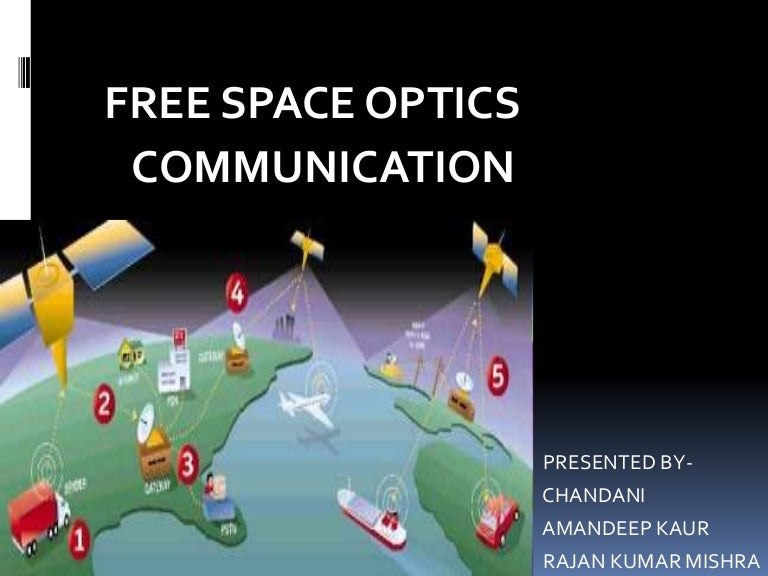


In recent years, free space optical (FSO) communication has gained significant importance owing to its unique features: large bandwidth, license free spectrum, high data rate, easy and quick deployability, less power and low mass requirement. In this paper, we analyze ways to improve FSO link availability, 10 µ improvement compared to shorter wavelengths, and challenges behind successful microwave backup installation. As a result, some vendors are augmenting their FSO links with a microwave backup link or simply investigating other wavelengths claimed to be more resistant to fog such as 10 µ. Each type is characterized by the water droplet sizes and their concentrations, which are used in Mie scattering theory to compute FSO signal attenuation. There are many different types of fog that are inhomogeneous along the propagation path. Extensive studies in modeling fog and simulating FSO attenuations revealed the complexity behind estimating FSO link availability in a given geographical location. The increasing interest in better understanding FSO weather effects is the result of carrier requests as well as recent progress in analyzing fog effects on FSO signal propagation. This paper is written in response to many inquiries about 10 µ Free-Space Optics (FSO) performance compared to shorter wavelengths. Additionally, recent results, showing major performance improvement, based on the hybrid system and specific modulation and coding schemes are presented. In the final part, we examine the latest practical results (carried out within the COST Action IC-0802) on modelling of the FSO channel under fog conditions and other atmospheric effects. Discussion on the available receiver(s) and transmitter(s) includes the focus on advantages and mainly the costs of the different systems. The wavelength selection is dependent on the atmospheric effects and on the availability of receiver and transmitter components. In the main part, considerations on suitability of different optical wavelengths are brought into question. Some optical signal propagation experiments through the atmosphere (including the recent investigations in airborne and satellite application for FSO) are also shown. First, the FSO technology is briefly discussed and some performance evaluation criteria for FSO are provided.

The objective of this paper is to analyse and present the latest results obtained for free-space optics (FSO) within the EU COST Action IC-0802 and within the European Space Agency (ESA) contract.


 0 kommentar(er)
0 kommentar(er)
